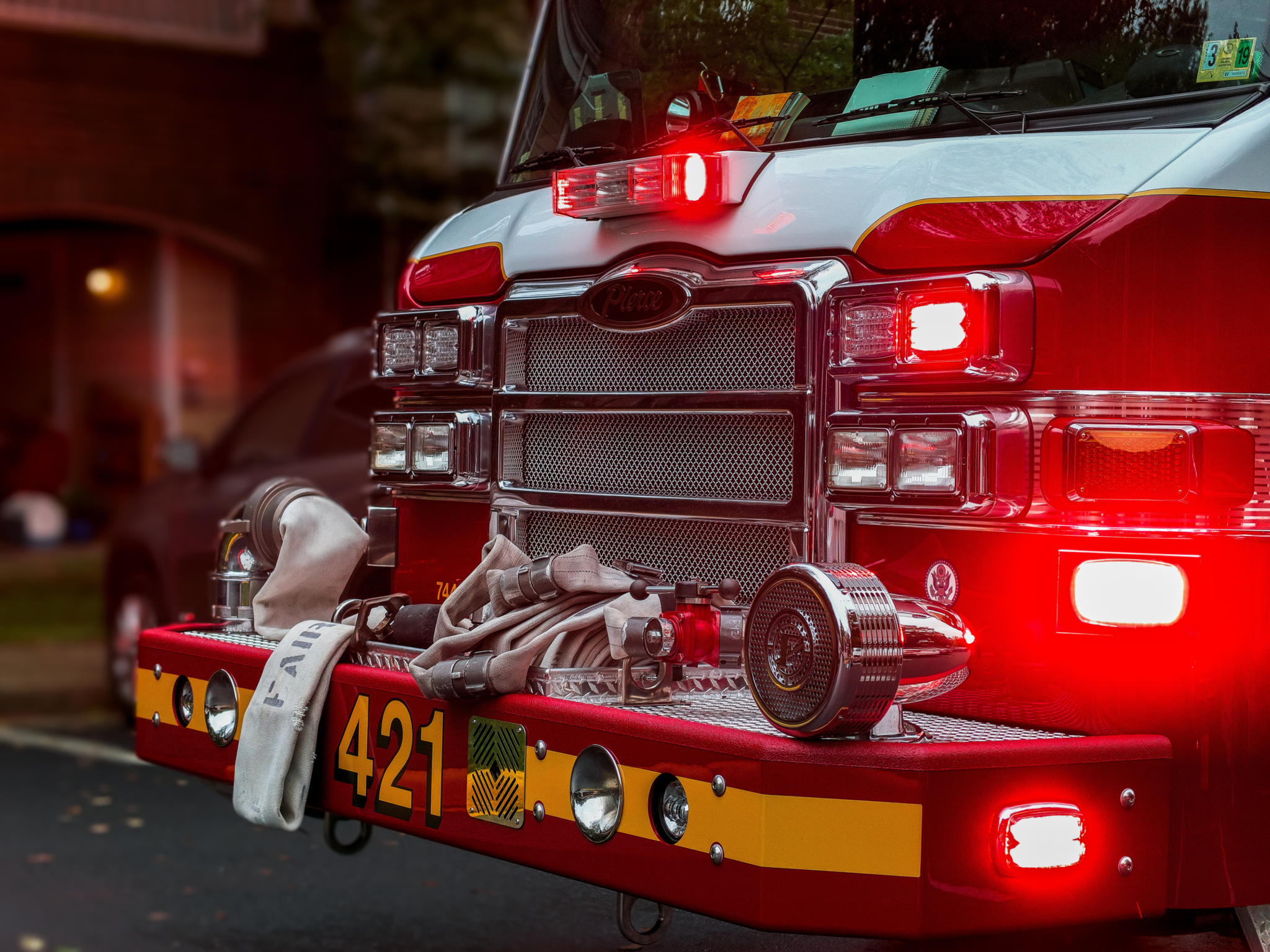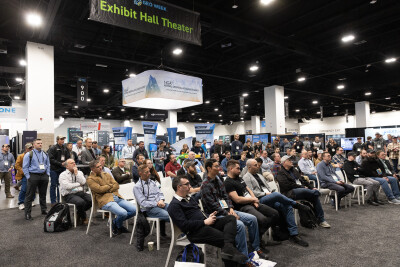Last week, I offered some thoughts on how the 3D reality capture community could help the people of Texas as they look to make sure they don’t find themselves quite so much at a loss the next time an impactful burst of cold weather comes ripping through the state. Texas is still very much top of mind. My folks in Austin are still helping out friends and neighbors who haven’t had water now in weeks.
But, clearly, there will be other disasters. Whether it be hurricanes, fires, windstorms like the derecho that crippled much of Iowa this summer, earthquakes, or random accidents no one could have foreseen (like the explosion that ripped Beirut apart), governments and other responders are getting increasingly sophisticated in how they plan for and respond to large crises.
And when you look at the trends in emergency response, it’s clear that the reality capture community is well-poised to be of service:
More risk-based planning. As agencies like the Department of Homeland Security and the Federal Emergency Management Agency, and their state-level equivalents, get more savvy and sophisticated, they’re beginning to focus much more on establishing risk and creating plans based on where the worst effects are likely to be felt.
Laser-scanning and 3D visualization can be a huge help here. A true 3D map of a coastal city, created relatively quickly and inexpensively via mobile mapping, where the tolerance isn’t especially important, could help planners visualize exactly where the water will flow and which buildings need to be fortified at which levels. Scans of bridges and other critical infrastructure can help identify possible points of failure. And we’ve already seen that people are exploring how 3D representations of buildings where lots of people gather can be used to help with rapid evacuation.
Then, as response plans are being developed, these 3D visualizations can be extremely useful in helping individual agencies understand their responsibilities and express them to various stakeholders.
Increased use of machine-learning tools. Part of that risk-assessment strategy is an increasing use of AI and machine-learning to help with modeling and predictions. As just about everyone knows in the AI space, better data in leads to better results coming out of the algorithms. Being able to input highly accurate 3D data should be a boon for accurate modeling.
Firstly, having accurate depictions of the real world makes sure the machines aren’t making predictions with data taken from plans that are years old and inaccurate. And capturing the reality of a disaster’s impact feeds back real-world data to increase accuracy by comparing models to what actually happened. Did the seawater behave as predicted? How far did the debris really travel? How high up did the flames actually reach?
This 3D model of a landslide leads to an obvious question: How much more useful would it be if they had a 3D model of the previous environment to compare it to?
Development of public-private partnerships. Governments are getting much more savvy regarding which skillsets and equipment they need to have on hand and which they can ensure they have access to via partnerships with organizations that have specific expertise or technology. It’s vital that you reach out to emergency management agencies in your area and let them know about your capabilities.
If you can get get a contract in place ahead of time, and agree on a fair payment schedule in exchange for the various services you can provide, that can go a long way in efficiently responding to emergencies. Can your mobile mapper be rapidly deployed to help understand the damage after a hurricane is finished with a city, comparing as-built scans with currently reality? Can you quickly get on site with your UAV and do a flyover of a heavily affected area, providing real-time 3D data that could help with vital decision-making?
If you establish the relationships ahead of time, it can make a world of difference.
Addressing the difficulty of distributing information. Essentially, no one gets the their news and information from the same place anymore. With the fracturing of media, emergency-response agencies are increasingly taking the dissemination of information into their own hands, using social media and pop-up web sites to communicate directly to the public.
And what’s more eye-catching on Instagram than a beautiful point cloud or fly through that illustrates an impending danger? What better way to communicate an evacuation path than a 3D fly through that leads people out of the affected neighborhood or building? 3D is inherently visual and social media is trending in that direction; people are reading less and seeing more.
Just look how much more effective this story is on the Grenfell fire thanks to the 3D imaging and visualization:
Looking Forward
It seems reasonable to believe, given all the information being created by climate scientists, that these sorts of natural disasters are only going to become more common. As atmospheric temperatures increase, there is more energy in the air and water and more opportunity for violent storms to create dangerous situations.
As you look to your reality-capture business model, it’s worth examining how you might be part of the solution going forward, not only creating opportunity for your business, but also contributing to humanitarian efforts that may become more commonplace — and more sophisticated — going forward.






